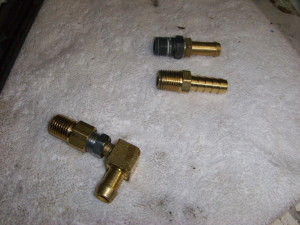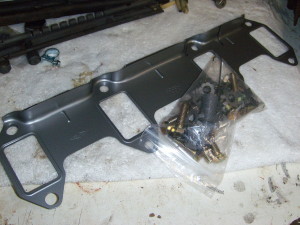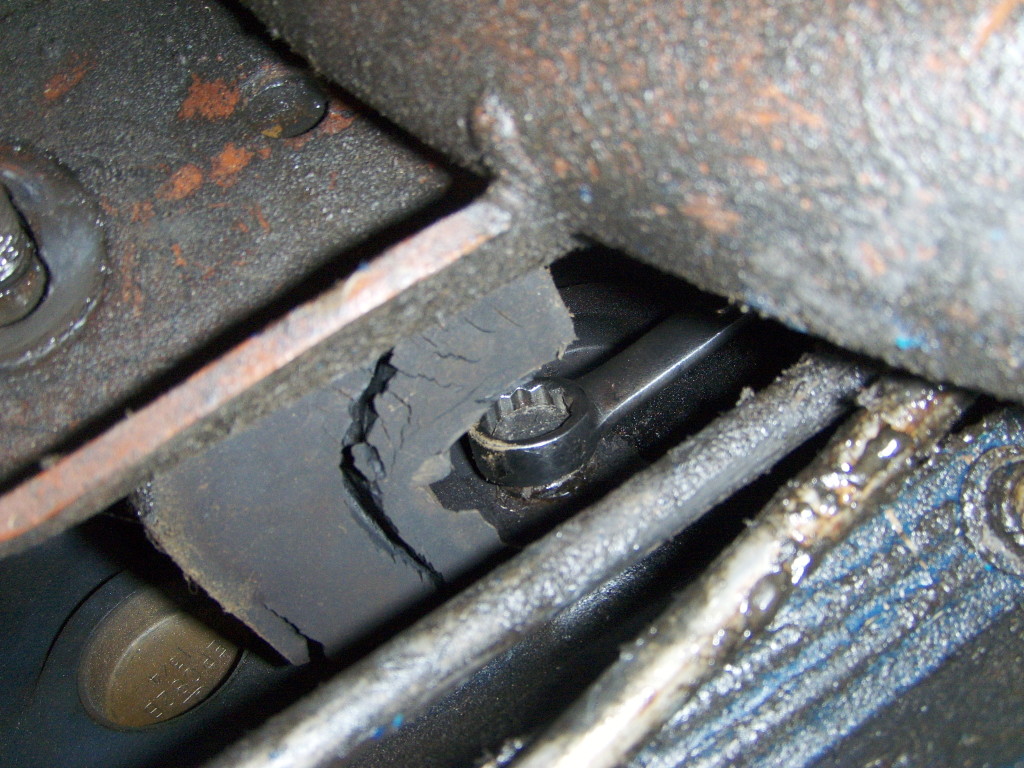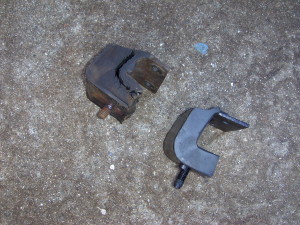Installed shock absorbers all around this weekend and it was the smoothest, if one of the most strenuous jobs I’ve tackled. I used Monroe shocks, which I found for sale, sealed in the box, but second-hand on Craigslist. Despite some chatter on-line about the front shocks not fitting correctly, mine went in just fine after only a little head scratching.
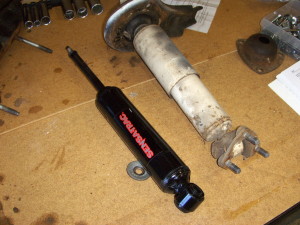
The front shocks in the car looked nothing like the shocks I bought. To make matters worse, the instructions and diagrams in the manual didn’t look like either one. After double-checking the item number online (and confirming it was correct), I followed the instructions that came with the new units. Once I got that figured out, the installation went smoothly.
In the rear, the old shocks came out easily. To get the new ones in that space, I had to compress them–but the Monroes must have a spring in them, ’cause they didn’t want to stay compressed for long. Getting them installed was a muscle-building isometric exercise of holding the shock completely compressed while trying to guide it into place. What a relief it was to see them finally snap in!
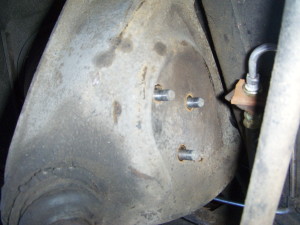
I expected a softer ride with the new shocks, but what I got was better control and a little more firmness. Not complaining–the ride is very nice.
Unfortunately, the nasty squeak in the front end was not significantly improved–something I was hoping for. For that, I’ve got a can of special grease on the way.

